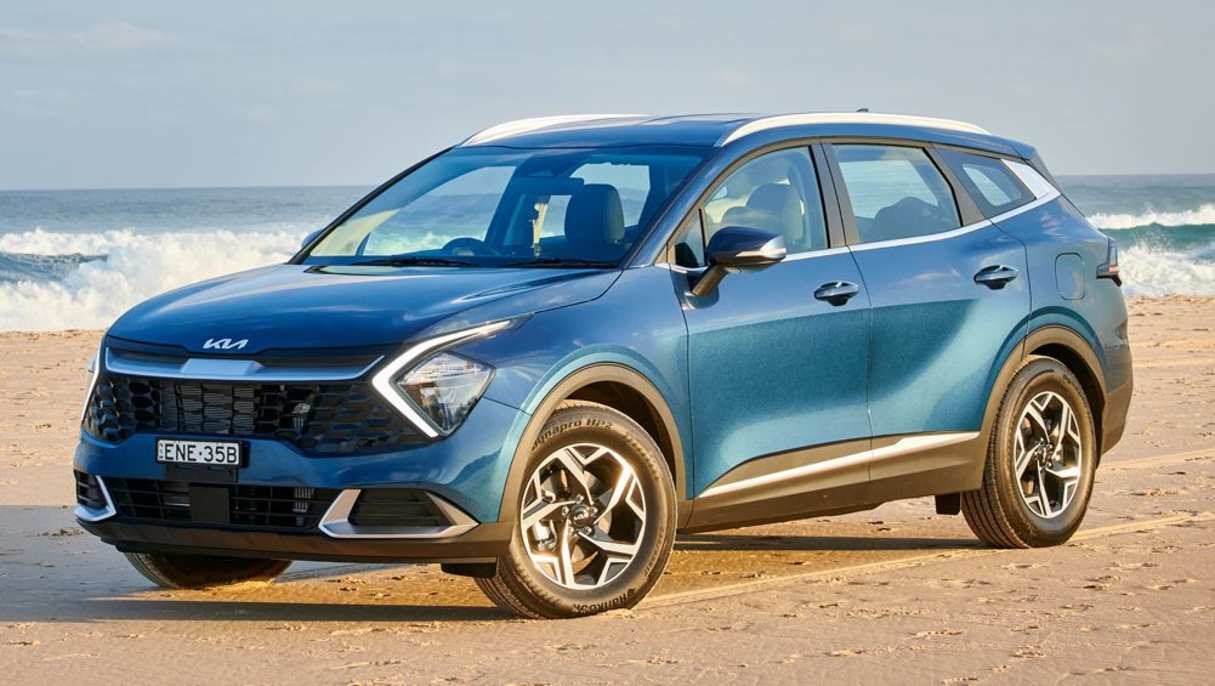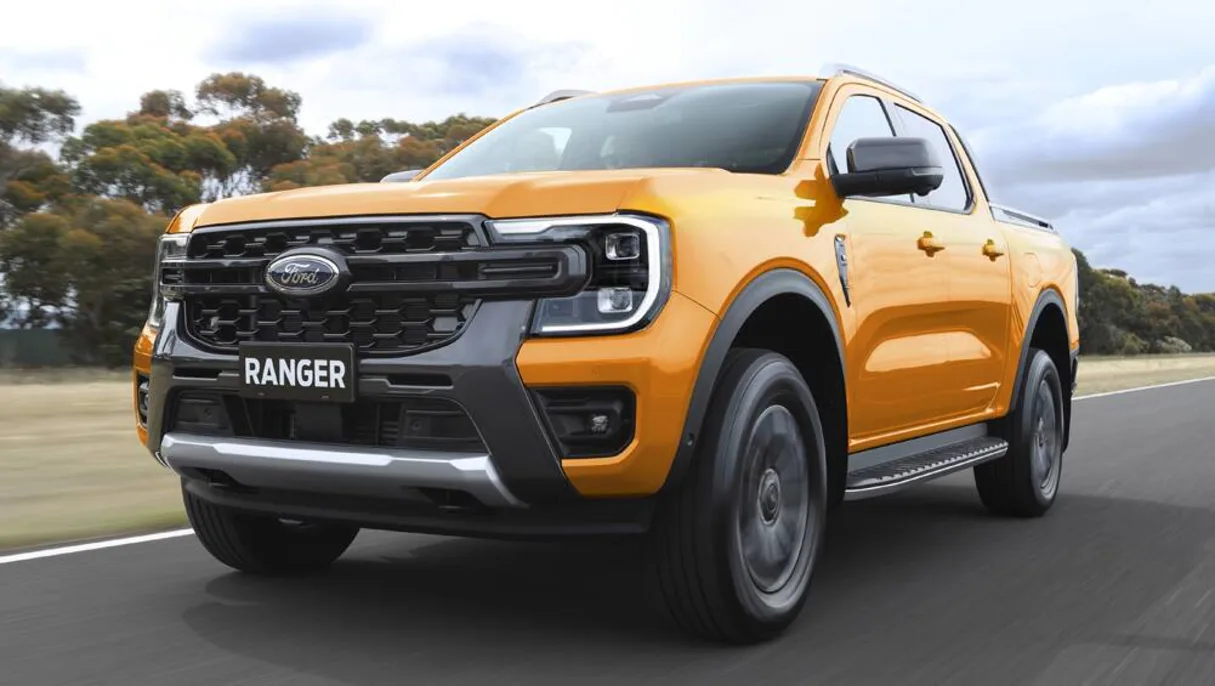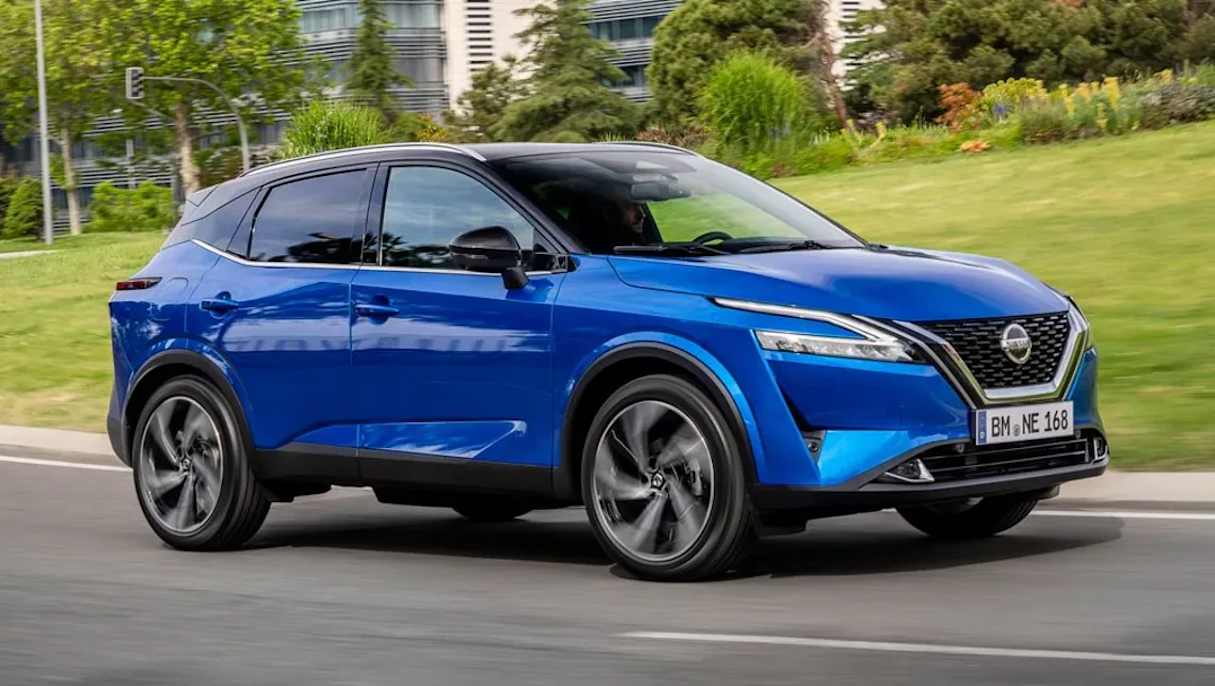We are now officially at the midway point of 2022, at least in terms of new-vehicle sales, and it’s pretty clear there is going to be some big changes to the top-10 brands list come year end.
A quick glance at the table below reveals quite a bit of movement in the last 12 months among the biggest automotive brands in Australia.
And now with year-to-date sales figures for the first half of 2022 revealed, we can make some predictions about which brands will fall or fly at the end of this year - will Mitsubishi wipe the floor with its rivals? Can MG become a top-five brand?
The unprecedented parts shortages and shipping delays that have caused virtually every carmaker major headaches in the past year don’t show any signs of changing anytime soon. These issues are the main reason there’s been so much upheaval in the new-vehicle sales data.
No one will be surprised to learn that Toyota is leading the market to the end of June, with a whopping 121,377 sales so far. Although because of the supply issues, Toyota has only recorded minimal growth of 2.0 per cent in 2022.
But it’s the rest of the top 10 where things start to get interesting.
Mazda is holding on to the number two spot it has occupied for many years, but its mid-year tally of 49,932 represents a 17.4 per cent slide compared to January-to-June 2021.

This sales dip could be significant. And that’s because Mitsubishi has rocketed into third place overall, up from sixth at the halfway point of last year. Mitsubishi is sitting on 41,748 units so far, up 11.5 per cent.
If Mazda continues to record negative growth, and Mitsubishi maintains its upward trajectory, Mitsubishi could well overtake its Japanese counterpart at the close of business in December.
Of course, Mazda will be doing everything it can to hold on to that spot between now and the end of the year.
Making this battle even more exciting is the fact that Kia is just trailing Mitsubishi with 39,419 (+4.0%) sales, meaning the former cheap and cheerful Korean brand is within striking distance of a podium finish.

But sister brand Hyundai is just 1252 units behind Kia in fifth place, a drop from fifth this time last year. In fact, there’s just 3581 units separating third-placed Mitsubishi and fifth-placed Hyundai. This is going to get interesting.
Further down the list, there are a few other juicy battles brewing.
Ford has dropped one spot to sixth overall, but its 28,562 sales are down by 24.6 per cent year on year. Patchy supply of the outgoing and incoming new-gen Ranger and Everest aren’t helping, but the European models (Puma and Escape) have better supply now.
Just 4000 units behind Ford is MG, which was 10th this time last year and eventually ended 2021 in ninth position.

The Chinese manufacturer has had far fewer issues with supply than most other brands, which has helped its sales grow 25.4 per cent so far this year to 24,507.
Can MG leapfrog Ford this year? If both brands continue with their respective sales trends, then it’s not impossible. It’s an even more impressive result from MG when you consider the company has just three model lines in Australia - the MG3 (Australia’s best-selling light hatch), and the ZS and HS SUVs.
Speaking of brands with few models, Isuzu has just two - the D-Max ute and related MU-X SUV - yet it is currently the eighth highest-selling brand in the country, up from 11th this time in 2021.
With 18,789 sales (-0.1%) so far this year, Isuzu is probably too far behind MG to catch it, but Subaru is just behind in ninth on 16,997. Subaru’s sales are 15.4 per cent down on last year and if that continues, it won’t catch Isuzu.

However, Nissan in tenth place could be a dark horse. Nissan’s sales are down by a hefty 36.4 per cent to 15,249, but that’s largely due to the fact that it ran out of previous-gen Qashqai stock months ago, and it’s been relying on Navara and outgoing X-Trail for volume.
If Nissan can get its hands on adequate supply of the new-gen Qashqai, which launches very soon, as well as the new-gen X-Trail and Pathfinder that are coming shortly after, it could give the brand a big enough boost to push it back up to eighth spot.
Just outside the top 10 is premium marque Mercedes-Benz (14,456, -10.4%), which could force one of the mainstream brands off the list if supply of its models remains ok.
Meanwhile Volkswagen, which has been hit very hard by the shortages, is lingering in twelfth place 13,055, down from eighth at the same point last year. Unless something dramatic changes with its supply in the second half, the German brand is unlikely to bother the top 10 in 2022 - something that was unthinkable a couple of years ago.
Top 10 brands January to June 2022
| Ranking | Brand | Sales | Variance% | June 21 ranking |
| 1 | Toyota | 121,377 | +2.0 | 1 |
| 2 | Mazda | 49,932 | -17.4 | 2 |
| 3 | Mitsubishi | 41,748 | +11.5 | 6 |
| 4 | Kia | 39,419 | +4.0 | 4 |
| 5 | Hyundai | 38,167 | -1.2 | 3 |
| 6 | Ford | 28,562 | -24.6 | 5 |
| 7 | MG | 24,507 | +25.4 | 10 |
| 8 | Isuzu | 18,789 | -0.1 | 11 |
| 9 | Subaru | 16,997 | -15.4 | 9 |
| 10 | Nissan | 15,249 | -36.4 | 7 |






.jpg)


.jpg)


.jpg)





.jpg)



.jpg)





.jpg)
.jpg)